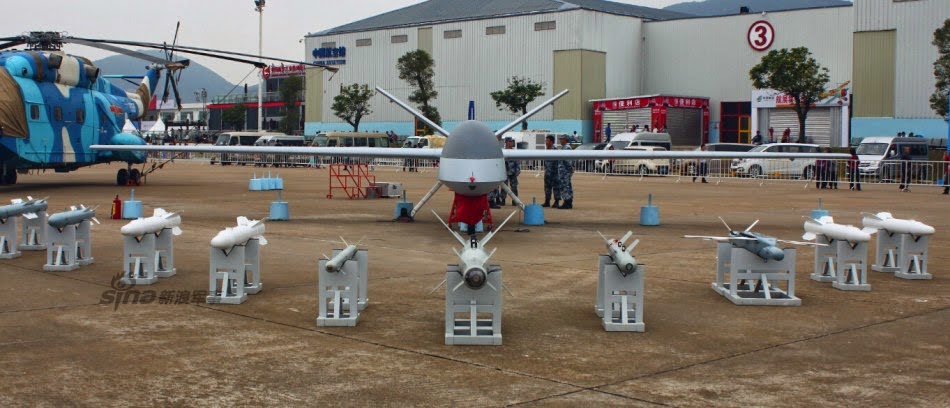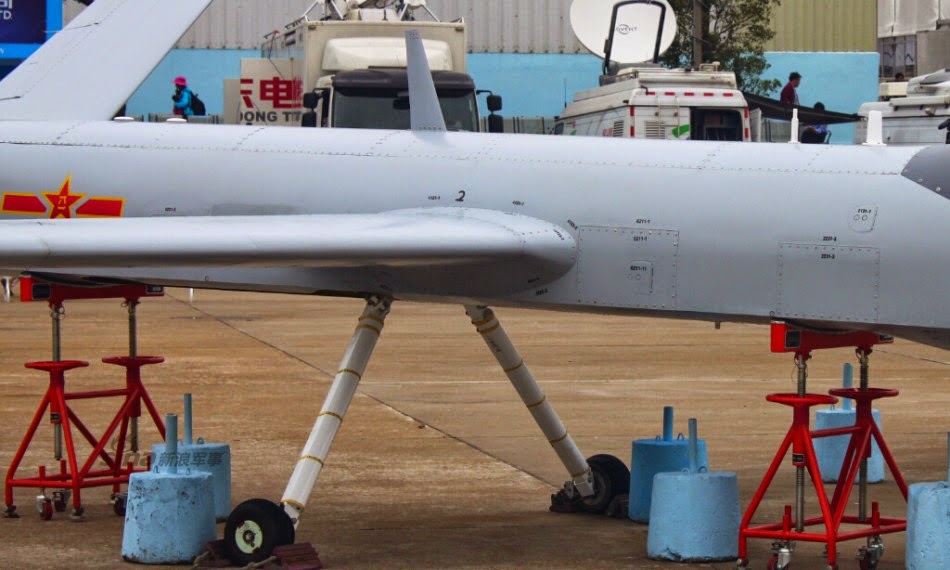China's mysterious "Dark Sword" combat drone could become the world's
first supersonic unmanned aviation vehicle, reports the website of the
country's national broadcaster CCTV.The Dark Sword — known in Chinese as "Anjian" — made quite a stir in
2006 when a conceptual model of the unusually shaped triangular aircraft
made its debut at the Zhuhai Airshow in southern China's Guangdong
province.
The model was subsequently exhibited at the Paris Air Show but has disappeared from future airshows, with no official word on the development of the UAV. Some claim the project has already been scrapped due to insufficient funding or other reasons, while others believe the development of the drone is now being kept secret as it is undergoing further research and testing.
Chinese aviation expert Fu Qianshao told CCTV that while he does not know the status of the Dark Sword project, the drone could become the world's first supersonic UAV if it proves a success. He said he would not be surprised if the project is still ongoing in secret as a lack of transparency is nothing new for the aviation industry and is an approach commonly taken by the Americans.
Fu believes even conceptual models of aircraft can reveal something about a country's technology and the quality of its research and development, adding that analyzing models at Zhuhai can allow experts to gauge the pulse of China's aviation industry and pick up data that may be more valuable than what the developers are leaking out to the public.
Fu said he was excited by the appearance of the US Air Force's C-17 Globemaster III large military transport aircraft at Zhuhai this year because it demonstrates that China's aviation industry has reached a certain level.
The model was subsequently exhibited at the Paris Air Show but has disappeared from future airshows, with no official word on the development of the UAV. Some claim the project has already been scrapped due to insufficient funding or other reasons, while others believe the development of the drone is now being kept secret as it is undergoing further research and testing.
 |
| China's Dark Sword Drone |
Chinese aviation expert Fu Qianshao told CCTV that while he does not know the status of the Dark Sword project, the drone could become the world's first supersonic UAV if it proves a success. He said he would not be surprised if the project is still ongoing in secret as a lack of transparency is nothing new for the aviation industry and is an approach commonly taken by the Americans.
Fu believes even conceptual models of aircraft can reveal something about a country's technology and the quality of its research and development, adding that analyzing models at Zhuhai can allow experts to gauge the pulse of China's aviation industry and pick up data that may be more valuable than what the developers are leaking out to the public.
Fu said he was excited by the appearance of the US Air Force's C-17 Globemaster III large military transport aircraft at Zhuhai this year because it demonstrates that China's aviation industry has reached a certain level.




































